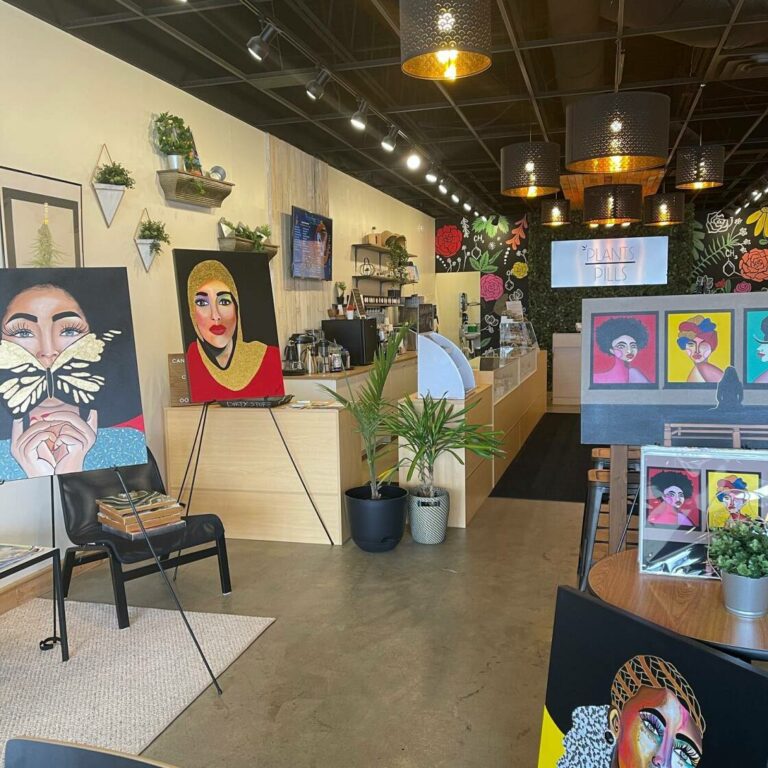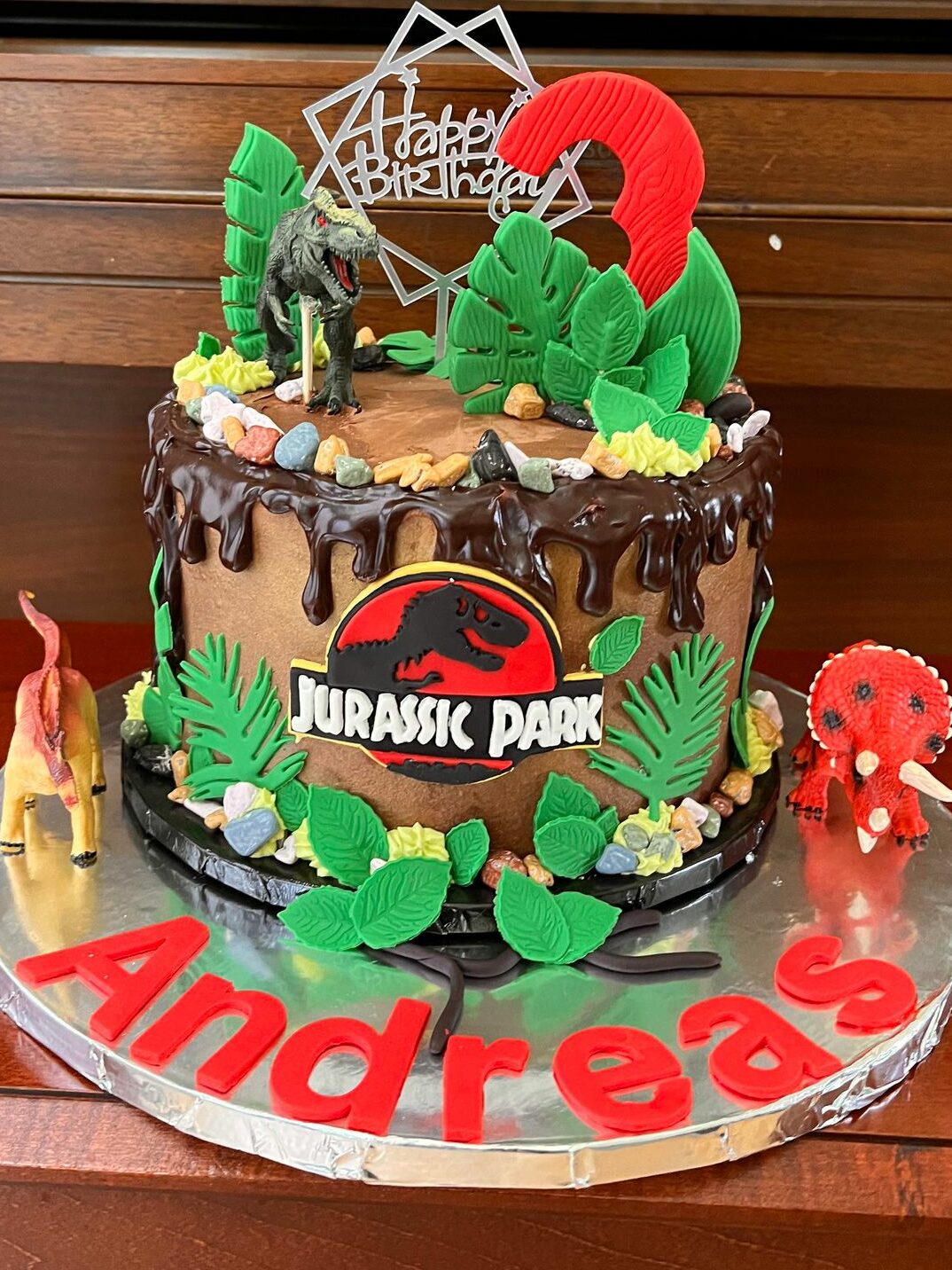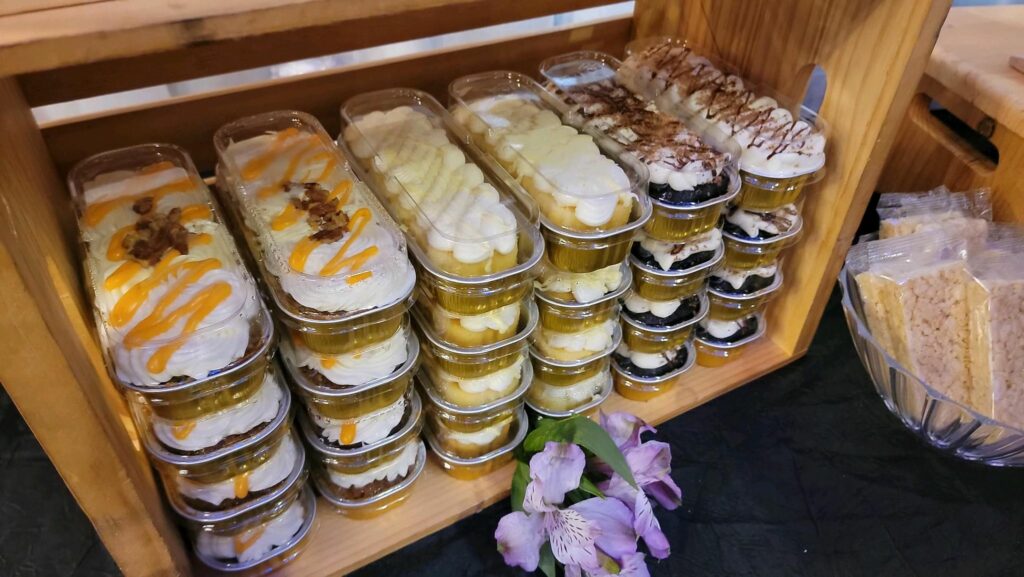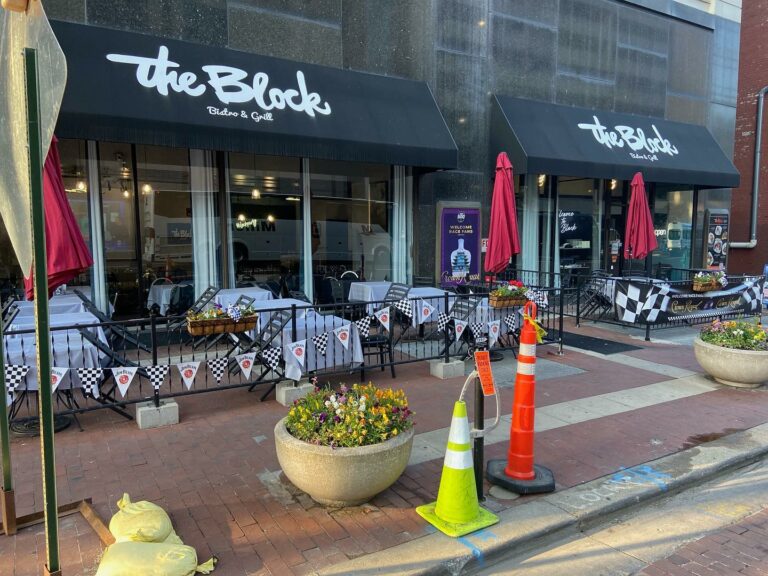Hoosier Security, a commercial security integration company, was awarded as the Certified Vendor of the Month for September 2023. The company has been designing, selling, maintaining and implementing security systems for business, schools, multifamily properties and industries for 11 years in its two Indianapolis and Detroit locations.
“We are honored to be named the Certified Vendor of the Month for September 2023,” said the CEO of Hoosier Security, Armando Perez. “This recognition is a testament to the dedication of our team to provide the best security systems and services to our clients. We are committed to helping businesses, schools, and communities stay safe and secure and do our part to help improve public safety in Indianapolis.”
Hoosier Security offers advanced camera systems, access control systems, fire and burglar alarm systems and AI-driven video monitoring systems. They have also developed a video monitoring platform called Site Watch: Active Security that turns camera systems into digital security guards.
They are the largest provider of B*Link Camera in Indianapolis and manage over 50% of the city’s camera systems. Additionally, the company is committed to fighting child abuse and human trafficking through various partnerships and sponsorships. Hoosier Security recently pledged to donate all profits from their Motorola Radio sale to kNot.
“Hoosier Security is not just an innovative local business, they’re also a key partner in the City of Indianapolis’s public safety strategy,” said Mayor Joe Hogsett. “And as a local minority-owned business, they are representative of our city’s diverse and thriving economy.”
For more information, contact Hoosier Security by phone at 844-224-6759 or by email sales@hoosiersecurity.com.
Visit their website here.
If you have a minority owned and operated business you’d like to be featured in the Indiana Minority Business Magazine Directory, visit Indiana Minority Business Directory.


















